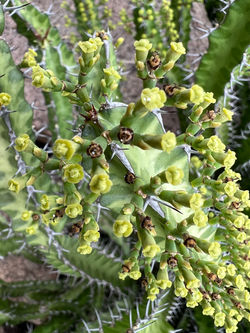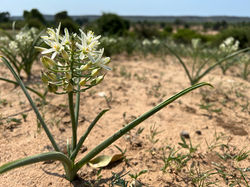
EXPEDITION WILD

Gonarezhou National Park
Zimbabwe
Expedition Basics:
7 nights exploring Gonarezhou National Park
Estimated walking distance covered 130km
Mid November 2022
Our Destination:
We arrived in the Park early on our first official day to meet up with Mike Pelham, a well-respected Zim conservationist with many years of experience and a deep passion for wildlife, Zimbabwe and its people. We spent the day in the local tented camp on the Runde River just outside the Chipinda Pools HQ. This gave us time to adjust to the 40deg heat! and to get our backpacks ready for the next 3 nights that we would be out on trail. The south eastern parts of Zimbabwe had received quite a lot of rain in early November and as it would turn out the northern part of the Park had its fair share of rain and veld was bursting with new growth that had turned the otherwise scorched mopani veld into a vibrant green.
After a well rested night we set out on foot into the Masasanya River valley, that along with a number of other small rivers flowed west to east into the Runde River. We traversed down along the river, then into the next river valley the Sililijo where we jump the catchment again into the Pombadzi valley that would be our stomping ground for the next 3 nights.

 |  |  |
|---|---|---|
 |  |  |
 |
We set up our tents on the banks and early the next morning we packed up heading upstream for a few kms to a small confluence before returning to collect our backpacks and continuing our journey eastwards. Gonarezhou National Park is over 5000sq Km split into the north dominated by the Runde River, where we were and the south along the Nwanetzi River. The park forms an important sanctuary for over 11000 elephants but is a diverse landscape supporting critical populations of plants, animals, birds and alike. In recent years the park has been taken over by the Frankfurt Zoological Society who have done an amazing job.
As we trekked downstream along the river, we left the IPZ (Intensive protection zone) setup to help manage critically important habitats as well as core populations of lions, rhino etc. The river was flowing nicely, and life was to be found everywhere. We spent many hours investigating and identifying numerous trees and plants, dragonflies, butterflies, and other insects. We managed to see hippo, buffalo, and a few elephants not as many as expected due to the rains it seems the population had dispersed into the mopani woodland after a long dry winter. One of the highlights was seeing the Eastern Rock Sengi - or Giant Shrew, that curiosity got the better of them giving us a unique opportunity to really have a good look! but also to snap off a few good photographs.
 |  |  |
|---|---|---|
 |  |  |
 |  |  |
 |  |  |
The following day, we headed out early after breaking camp and continued eastwards along the Pombadzi River. As we ventured out of the river course and onto higher ground, we could see the distinctive red sandstone cliffs in the distance that have become the icon of Gonerazhou. The going was quite tough having to navigate the bends in the river, crossing back and forth over rocky riverbeds and steep rocky inclines.
One of the best experiences of wilderness trails is listening to the sounds, and we were rewarded during the night with the distant calls of lion and hyaena. Early the next morning we awoke to the “dawn chorus” as the birds welcomed in the day. We broke camp and it was not long before the Pombadzi valley opened up in to the Runde River valley. The Runde is a large river system that carves its way through south-eastern Zim, then joins with the mighty Save River in the north, before heading through Mozambique to the coast.
There was a noticeable change in vegetation in the lower reaches of the Pombadzi where you get into the mopani belt, quite striking that over a short distance the vegetation changes almost completely. It’s believed that the mopani belt is soil and altitude driven and of course rain fall but, in some places, it’s a distinct and noticeable line.
 |  |  |
|---|---|---|
 |  |  |
 |  |  |
 |
Now on the Runde River, we set up a more permanent camp under a massive wild mango tree that would prove to be very entertaining and I’m quite sure Mike calculatingly had his hand in this! as the wild mangos where in full fruit and attracted several large bull elephants not phased at all by our presence and were frequent visitors! a very special experience.
For the next 2 days we set off on foot exploring the surrounding area, unfortunately with the river levels so high due to the recent rain, we were unable to cross the river in this section of the park. Nevertheless, the famous red sandstone Chilojo Cliff’s where a spectacular backdrop to this landscape with the wide Runde river meandering through the vast wilderness, seemingly unbroken. The western riverbank with its short new growth looked like a park land, landscaped with Baobabs, kudu, impala, baboons, and elephants peacefully carrying on with their lives.

 |  |  |
|---|---|---|
 |  |  |
 |  |  |
 |  |  |